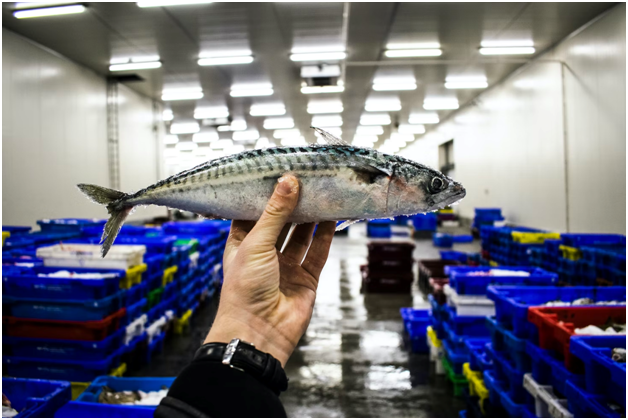
When it comes to energy supplies, the world currently stands at a crossroads. Despite decades of advice from experts to reduce dependence on oil and coal, most countries still use fossil fuels as a primary energy source.
The COVID-19 pandemic and, more recently, the Ukraine conflict have highlighted just how vulnerable global energy supply chains are to disruption. As energy prices soar, fertilizer and food production costs rise in tandem, creating what could amount to an unprecedented humanitarian crisis.
Although the seafood processing industry has little to worry about when it comes to rising pesticide and fertilizer costs, the spiraling price of energy will undoubtedly leave a long-lasting mark on the industry.
Energy and seafood supply chain security are inexorably linked
Energy is used for a wide variety of processes within the seafood industry. At the production end of the equation, fishing vessels and shore-based vehicles both require a healthy supply of diesel and gasoline. Once the product has landed, production facilities and their seafood processing machinery will use large amounts of power during sorting, preparation, and packing.
Once we move further down the supply chain, more power and fuel will be required to complete the logistics process, and more still once the products reach the point of sale. Although it’s difficult to quantify how much the energy crisis will affect the seafood processing industry, we can say for sure that increased costs will invariably have a knock-on effect which will eventually need to be offset with higher consumer prices.
Will spiraling energy costs force seafood processing facilities to go dark?
By the end of 2022, the prevalent state of affairs for seafood and general food processing and logistics was long gone. Today, the industry faces a “new normal” regarding the affordable sourcing of ingredients and labor. Compounding the problem, we’re also witnessing a trickle-down effect from rising oil and natural gas prices that affect the cost of running seafood processing equipment and the cost of common materials used during packing:
Plastics
Plastics are a resource required across the entire food processing industry — mainly for packaging purposes — and they have become much more expensive due to the rising price of the petrochemicals needed for their manufacturing. On the upside, the increasing expense of plastic has made switching to sustainable packaging alternatives like cardboard, paper, and bamboo more appealing.
Carbon dioxide
Carbon dioxide is a by-product of the fertilizer and biofuel industries. As these products become more expensive (or scarce), CO2 prices rise in unison. CO2 is widely used in the beverage industry but is also employed in the broader food processing sector as a preservative to seal in the freshness of packaged goods.
Final thoughts
As the world faces new challenges caused by the ongoing global energy crisis, it’s time for seafood processing companies to examine their expenses and hunt for ways to optimize them. One of the available solutions is automation. We’re already seeing solutions from companies such as Latvian-based PERUZA, which use advanced robotics and seafood processing software to make entire pr






